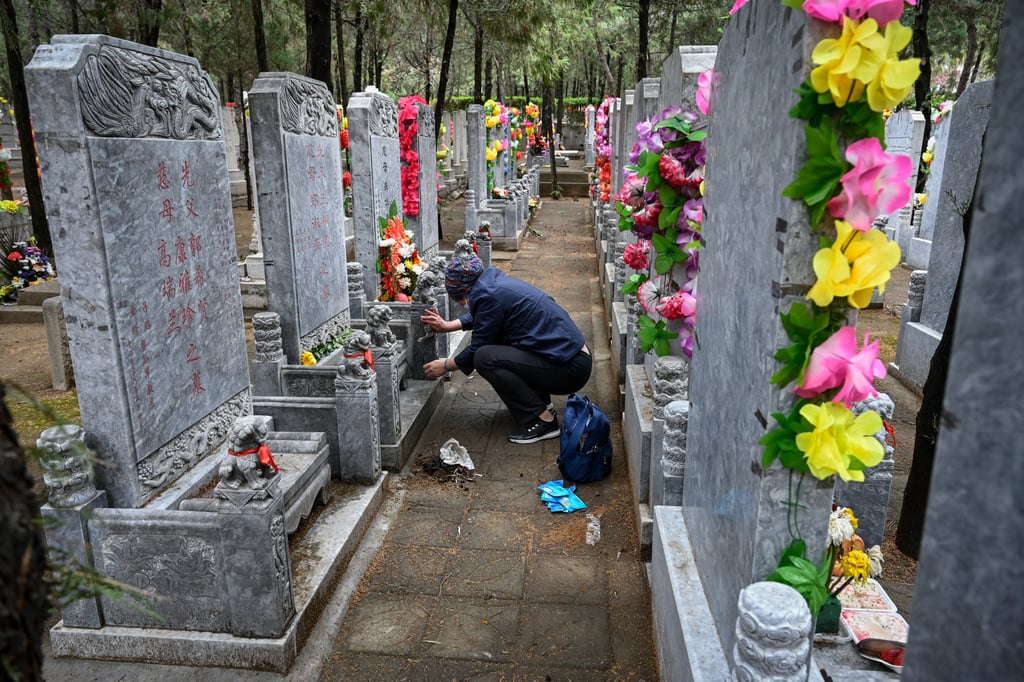What is the Cold Food Festival, celebrated before Ching Ming in memory of a loyal subject?
A nobleman once cut a piece of his flesh to feed an exiled Chinese prince. The Cold Food Festival in his honour was inspired by his death

The largely forgotten Cold Food Festival, known in Mandarin as hanshi jie, is a traditional Chinese holiday celebrated on the 105th day after the winter solstice. In 2025, this falls on April 4.
As a result, not many in China observe the Cold Food Festival today, although it is still recognised in name.

The Ching Ming Festival, a public holiday in Hong Kong, mainland China, Macau and Taiwan and celebrated by Chinese communities everywhere, is marked by the cleaning of ancestral tombs and the burning of incense and paper goods. The practice of eating cold food has carried over to the observance of Ching Ming.